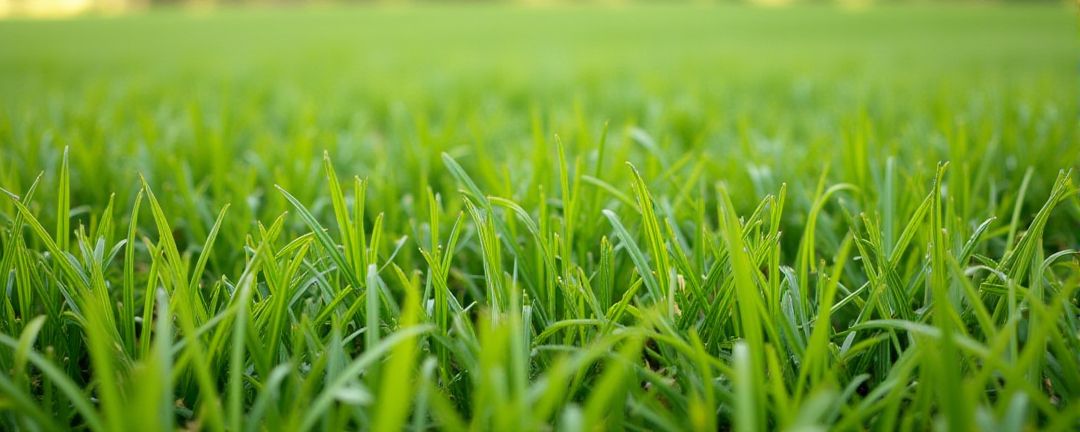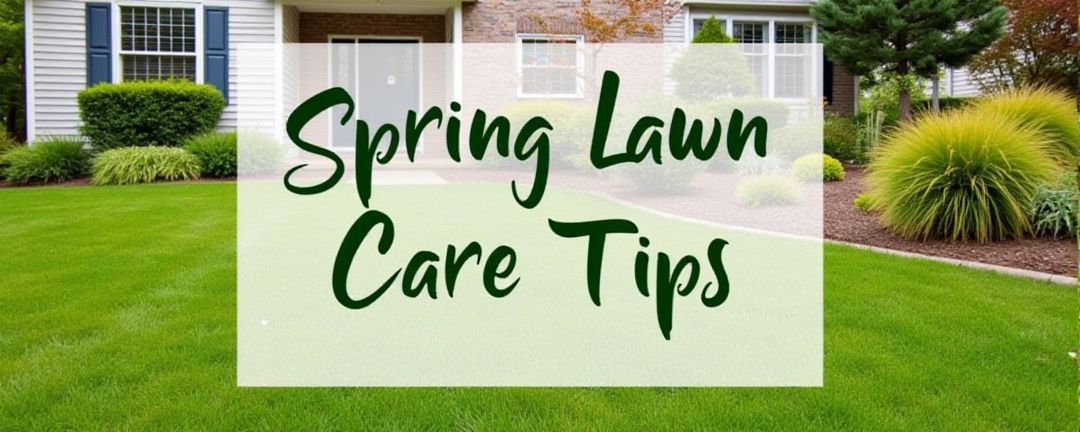
Natural Weed Control Solutions for a Lush Lawn
Maintaining a lush, green lawn is every homeowner’s dream, but pesky weeds can quickly turn that dream into a challenge. While chemical herbicides offer quick fixes, they often come with environmental drawbacks and potential harm to beneficial plants and soil health. Fortunately, there are plenty of eco-friendly and natural weed control solutions for weeds while preserving the integrity of your lawn. This blog will explore various organic methods for keeping weeds at bay, ensuring your yard remains a vibrant and healthy space.
Why Choose Natural Weed Control?
Before diving into the methods, let’s understand the benefits of going natural:
- Safe for Kids and Pets: Organic solutions reduce exposure to toxic chemicals, making your lawn a safer space.
- Environmentally Friendly: Avoiding synthetic herbicides minimizes runoff that can pollute water sources.
- Healthier Soil: Natural weed control methods improve soil quality, supporting the growth of healthy grass and plants.
- Cost-Effective: Many natural solutions use household items or simple techniques, saving money.
Top Natural Weed Control Solutions
1. Hand Pulling: Old-School and Effective
For small infestations, nothing beats the simplicity of pulling weeds by hand. Use a weeding tool to ensure you remove the entire root, as leaving any part behind can allow weeds to regrow. For best results:
- Weed after rain, when the soil is moist and roots come out easily.
- Focus on pulling weeds before they seed to prevent spread.
2. Mulching: A Weed Barrier That Works
Mulch acts as a protective barrier, blocking sunlight and preventing weed seeds from germinating. Organic mulches like wood chips, bark, or straw also enrich the soil as they break down. To maximize effectiveness:
- Apply a 2–3 inch layer of mulch around flower beds and garden areas.
- Avoid piling mulch against the base of plants to prevent rot.
3. Mow Smartly
Maintaining your lawn at the right height is crucial for weed prevention. Taller grass shades the soil, reducing the sunlight that weeds need to grow. Here’s how to mow with weed control in mind:
- Keep grass at a height of 3–4 inches to promote a dense, healthy lawn.
- Leave clippings on the lawn as natural fertilizer, boosting grass health and discouraging weeds.
4. Corn Gluten Meal: A Pre-Emergent Solution
Corn gluten meal is a natural pre-emergent herbicide that prevents weed seeds from sprouting. It’s particularly effective against common weeds like dandelions and crabgrass. To use corn gluten meal:
- Apply it early in the growing season, before weeds germinate.
- Reapply every 4–6 weeks for continuous protection.
5. Vinegar: A Natural Spot Treatment
Household vinegar can be an effective weed killer, especially for young weeds. Its acetic acid content dries out plant tissues, making it a quick solution for unwanted growth. Tips for using vinegar:
- Apply on a sunny day to maximize effectiveness.
- Be cautious, as vinegar can harm grass and desirable plants—use a spray bottle to target weeds only.
6. Boiling Water: A Simple but Powerful Fix
Boiling water is an eco-friendly way to eliminate weeds in driveways, sidewalks, and other hardscape areas. It kills weeds on contact and is especially effective for small cracks where they sprout.
- Carefully pour boiling water directly onto the weeds.
- Avoid using near grass or garden plants, as it can damage them.
7. Natural Lawn Aeration
Compacted soil encourages weed growth by limiting healthy grass development. Aerating your lawn loosens the soil, allowing grass roots to access nutrients and water more effectively. Aerate your lawn annually or as needed, using:
- A manual aerator for small yards.
- A mechanical aerator for larger lawns.
8. Overseeding for Weed Prevention
Thick, dense grass naturally crowds out weeds. Overseeding involves planting grass seed over existing turf to fill in bare or thin areas. Here’s how to do it effectively:
- Choose a grass seed suitable for your climate and soil type.
- Aerate your lawn before overseeding for better seed-to-soil contact.
- Water regularly until new grass establishes.
9. Homemade Weed Killers
For a DIY approach, combine natural ingredients to create effective weed control solutions. One popular recipe:
- Mix 1 gallon of white vinegar, 1 cup of salt, and 1 tablespoon of liquid dish soap.
- Spray directly onto weeds, avoiding grass and desirable plants.
10. Solarization: Harness the Power of the Sun
For heavily infested areas, solarization is a chemical-free method to eliminate weeds. It involves covering the soil with clear plastic to trap heat and kill weeds and their seeds. Steps:
- Water the area thoroughly.
- Cover with clear plastic and secure edges.
- Leave the plastic in place for 4–6 weeks during the hottest part of the year.
Preventative Measures for a Weed-Free Lawn
While natural remedies are effective, preventing weeds in the first place is always the best strategy.
- Feed Your Lawn Naturally: Use organic fertilizers to strengthen grass and outcompete weeds.
- Water Wisely: Deep, infrequent watering encourages deep grass roots, making it harder for weeds to establish.
- Inspect Regularly: Catching weeds early prevents them from spreading.
Final Thoughts
A healthy, weed-free lawn doesn’t require harsh chemicals. By incorporating these natural weed control methods into your lawn care routine, you’ll protect the environment, your family, and your lawn. Whether it’s hand-pulling weeds, mulching, or using eco-friendly treatments like vinegar or corn gluten meal, every step you take brings you closer to the lush, green yard you’ve always wanted.
For additional tips or recommendations, Terra Mows Outdoor Services is here to help you maintain a beautiful lawn. With a focus on sustainability and care, we can guide you toward eco-friendly practices that enhance your yard while preserving the environment.







